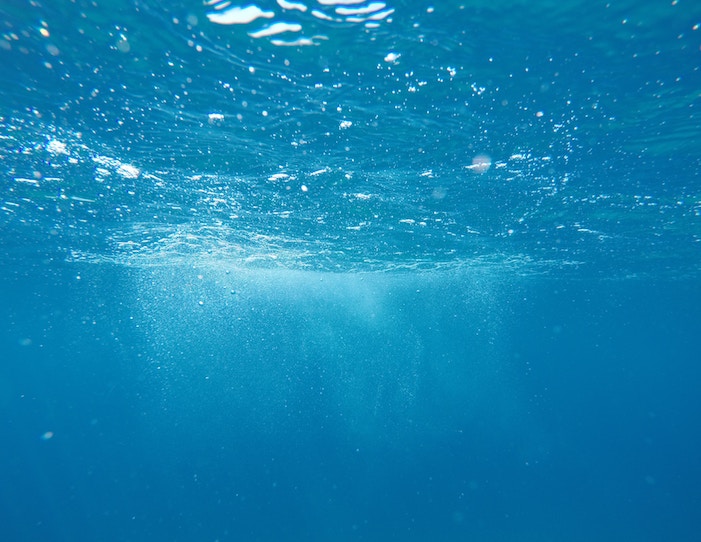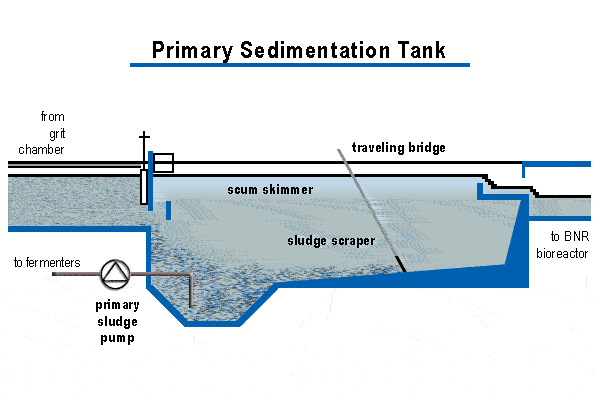Here are three questions from a Grade 2 Wastewater Practice Exam. They’re helpful if you’re trying to obtain your Wastewater Treatment Certification. I included the answers at the bottom of the page.
Grade 2 Wastewater Practice Exam
PRACTICE QUESTIONS
- Which of the following is equivalent to 1 mg/L?
- 1 ppb
- 10 parts per million
- 1 lbs/day
- 1 ppm
2. What is the ideal dry solids content of primary sludge?
- 1% dry solids
- 2% dry solids
- 4 to 8% dry solids
- 2.5 to 3.4% dry solids
3. What is the ideal velocity in a grit channel?
- 2 ft/s
- 2.5 ft/s
- 0.1 ft/s
- 1 ft/s
Grade 2 Wastewater Practice Exam
ANSWERS
-
d
First of all, both mg/L and ppm are units of concentration. For example, mg/L and ppm are often used to measure the concentration of chemicals, such as chlorine.
Now, let me explain why 1 mg/L = 1 part per million (ppm) . Take a look at the following math conversion.
Keep in mind that 1 liter (L) of wastewater weighs 1,000,000 milligrams (mg). You’ll need this information to understand the first step of this conversion. Look at the bottom of the fraction in STEP 1.
STEP 1:
STEP 2:
Therefore, 1 mg/L = 1 ppm.
2. c
First of all, primary sludge is the waste that is removed from the incoming wastewater, and settles to the bottom of a primary clarifier. It must be removed from the clarifier on a frequent basis. Otherwise, you’ll encounter septic conditions, which can lead to undesirable formation of gas bubbles.
Consequently, these bubbles will lift the settled sludge to the water surface. Obviously, you don’t want sludge to rise from the bottom.
The purpose of the clarifier is to remove the incoming waste by settling solids to the bottom using gravity. Therefore, it’s very important to prevent septic conditions by removing the primary sludge from the bottom on a routine basis.
Ideally, you want the primary sludge to be about 4 to 8% dry solids. Moreover, you should aim to have a thick sludge with minimal water content.
In order to better understand this subject, I encourage you to carefully review the following image. The yellow arrows show the path of the sludge.
Once it enters the primary clarifier, the sludge starts to settle to the bottom. Later, it is periodically removed with a primary sludge pump. By pumping frequently, you’ll avoid septic conditions, and thus, prevent rising sludge.
Incidentally, the pink arrow moving to the right, is the path of the treated sewage, which flows to the next stage for further treatment.
3. d
First of all, the purpose of the grit channel is to remove heavier solids, such as sand and eggshells, from the incoming wastewater. By using gravity, these heavier solids are allowed to settle to the bottom of the grit channel.
You want to remove these heavier wastes because they can cause excessive wear in mechanical equipments, such as pumps. Therefore, the grit channel is located in the earlier stage of the treatment process.
Ideally, you want the velocity of the wastewater to be about 1 foot/second as it flows through the grit channel. This reduced velocity helps settle the heavier solids, while keeping the lighter organics suspended.

HELPFUL RESOURCES
Grade 2 Wastewater Practice Exam s – Wastewater Treatment Certification
Online Course for Wastewater Treatment Operator Certification
Lastly, if you’re looking for additional questions from a Grade 2 Wastewater Practice Exam, go to the following link: practice problems .





Pingback: Fsu Exam Registration – Exam Social